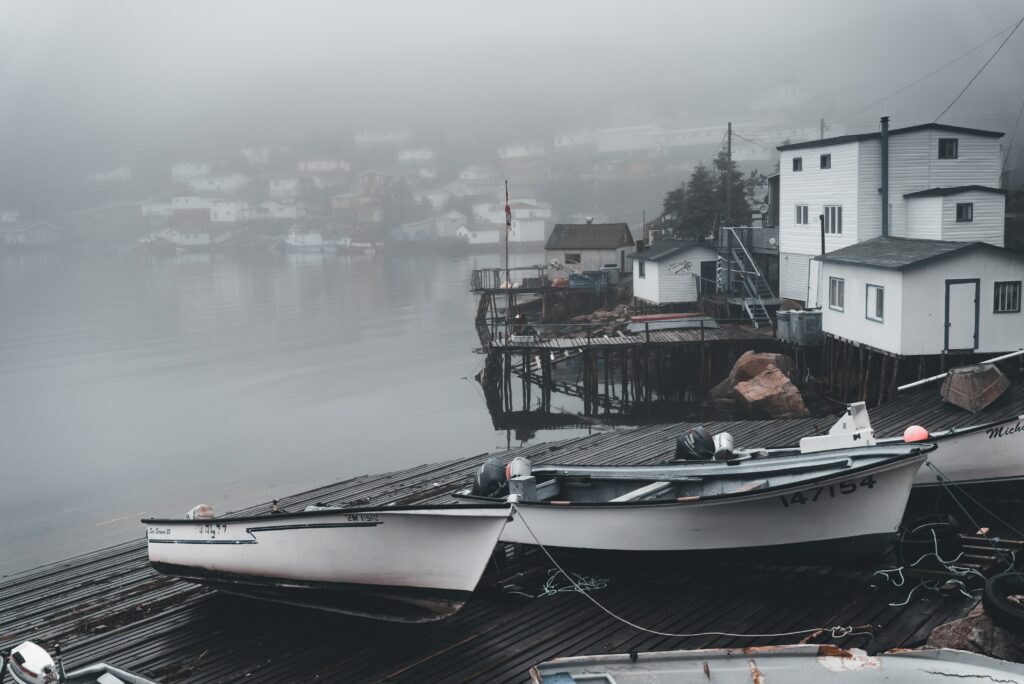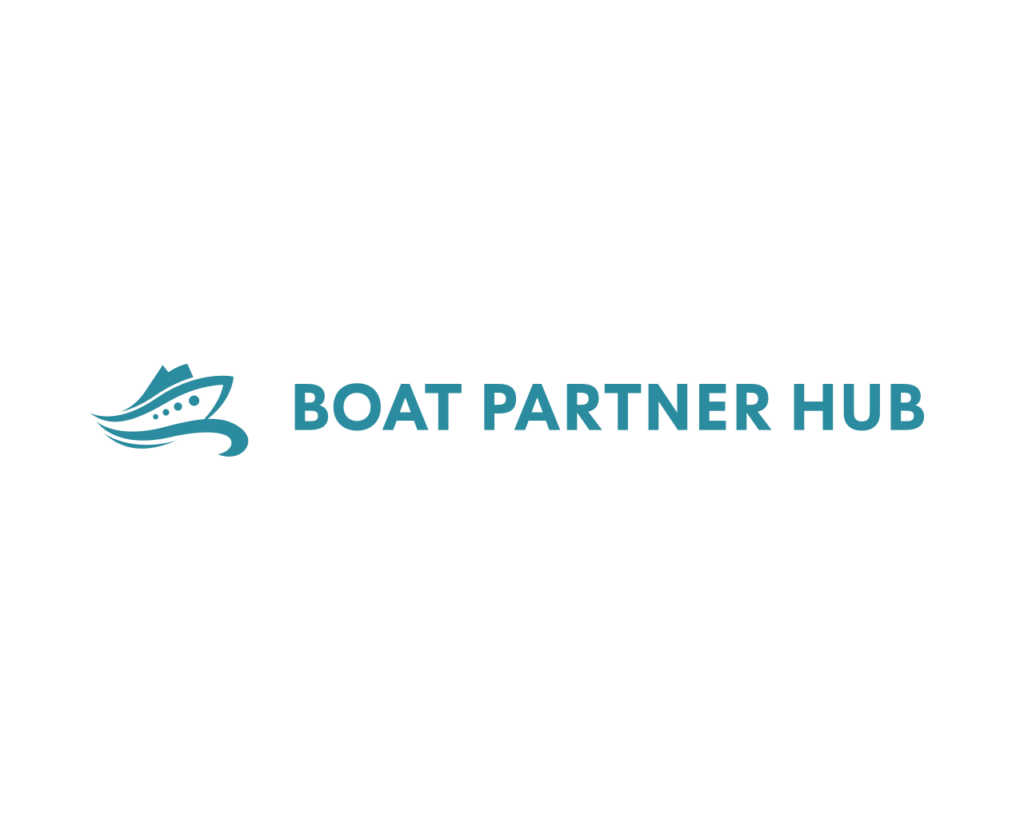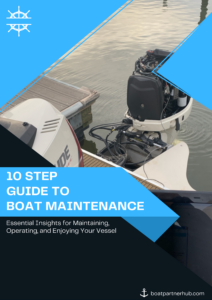Blog
Dealing with Fog and Low Visibility: Expert Tips for Safe Navigation on the Water

Dealing with Fog and Low Visibility: Expert Tips for Safe Navigation on the Water – Navigating Adverse Weather Conditions Safely
Fog and low visibility can quickly turn a tranquil boating trip into a challenging and potentially dangerous experience. As a responsible boater, it’s crucial to know how to handle such weather conditions to ensure safe navigation on the water. This comprehensive guide provides expert tips for dealing with fog and low visibility, empowering you to make informed decisions and take necessary precautions during adverse weather situations. By familiarizing yourself with these guidelines, you can navigate through foggy conditions confidently while keeping yourself, your passengers, and your vessel safe.
1. Check Weather Forecasts
Before setting out on your boating adventure, always check the weather forecasts. Pay close attention to fog advisories and updates on visibility conditions in your area. Avoid boating in foggy weather if possible, but if you must go out, prepare accordingly.
2. Use Navigational Aids
Rely on navigational aids such as GPS, radar, and compasses to assist with safe navigation. GPS systems can help you maintain your course, while radar can detect other vessels in the vicinity, even in low visibility conditions.
3. Reduce Speed
In foggy conditions, reduce your boat’s speed to a safe and manageable level. Slowing down gives you more time to react to potential hazards and helps prevent collisions.
4. Post Lookouts
Assign additional crew members as lookouts to keep watch for other boats, navigational markers, and potential obstacles in the water. Clear communication between the helmsman and lookouts is essential.
5. Sound Signals
Use sound signals to alert other boaters of your presence and intentions. Blast your horn or use short whistle blasts at regular intervals, especially in areas with restricted visibility.
6. Maintain a Safe Distance
Keep a safe distance from other boats, fixed objects, and shorelines to avoid collisions. In low visibility, it may be challenging to accurately assess distances.
7. Stay Calm and Avoid Drastic Maneuvers
If you encounter fog while boating, stay calm and avoid sudden, drastic maneuvers. Instead, maintain your course, reduce speed, and proceed with caution.
8. Use All Available Senses
In foggy conditions, use all your senses to gather information about your surroundings. Listen for other boats’ sounds, pay attention to the feel of the boat’s movement, and use your sense of smell to detect nearby land.
FAQs (Frequently Asked Questions)
Q1: What causes fog on the water?
A: Fog on the water is often caused by warm, moist air interacting with cooler water temperatures, resulting in condensation.
Q2: Can fog be predicted accurately?
A: While weather forecasts can indicate the likelihood of fog, predicting its exact location and density is challenging.
Q3: Are there specific sound signals for foggy conditions?
A: Yes, in foggy conditions, boats should use fog signals, which typically consist of prolonged horn blasts or whistles at regular intervals.
Q4: Can radar penetrate through fog completely?
A: While radar can detect other vessels and large objects in the fog, it may not always provide complete visibility in dense fog conditions.
Q5: Should I wear a life jacket in foggy weather?
A: It’s always a good practice to wear a life jacket while boating, regardless of the weather conditions, as emergencies can happen unexpectedly.
Conclusion
Navigating through fog and low visibility requires careful attention and adherence to safety measures. By checking weather forecasts, using navigational aids, and reducing speed, you can ensure a safe boating experience in foggy conditions. Assigning lookouts, using sound signals, and maintaining a safe distance from other boats are essential practices to prevent accidents. Stay calm, rely on your senses, and follow expert tips to navigate with confidence through fog and low visibility situations. By prioritizing safety and preparedness, you can enjoy your boating adventures while safeguarding yourself, your passengers, and your boat.


